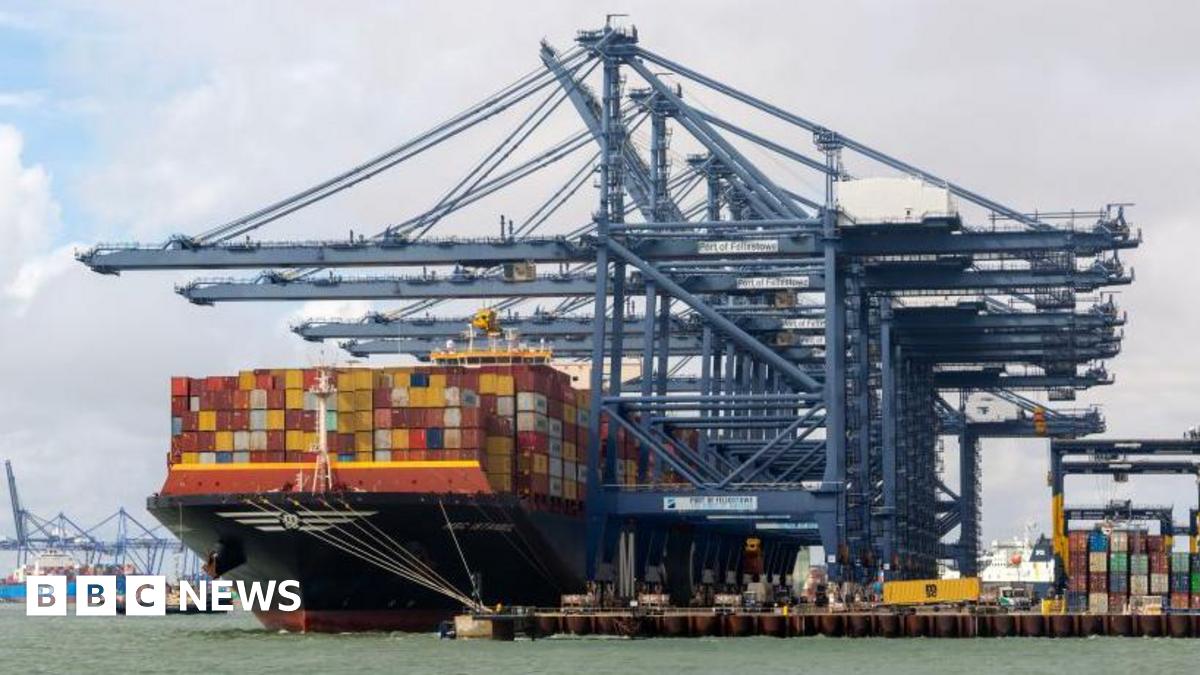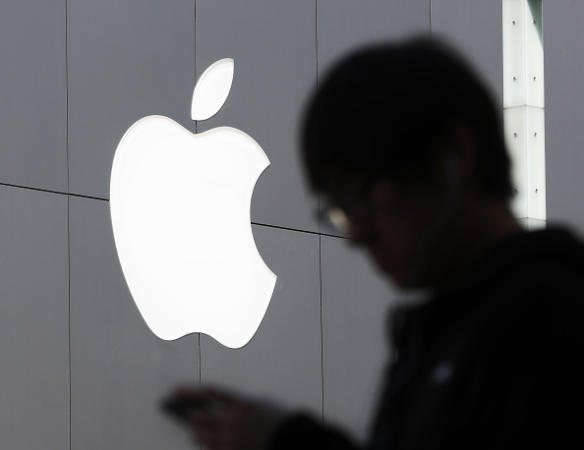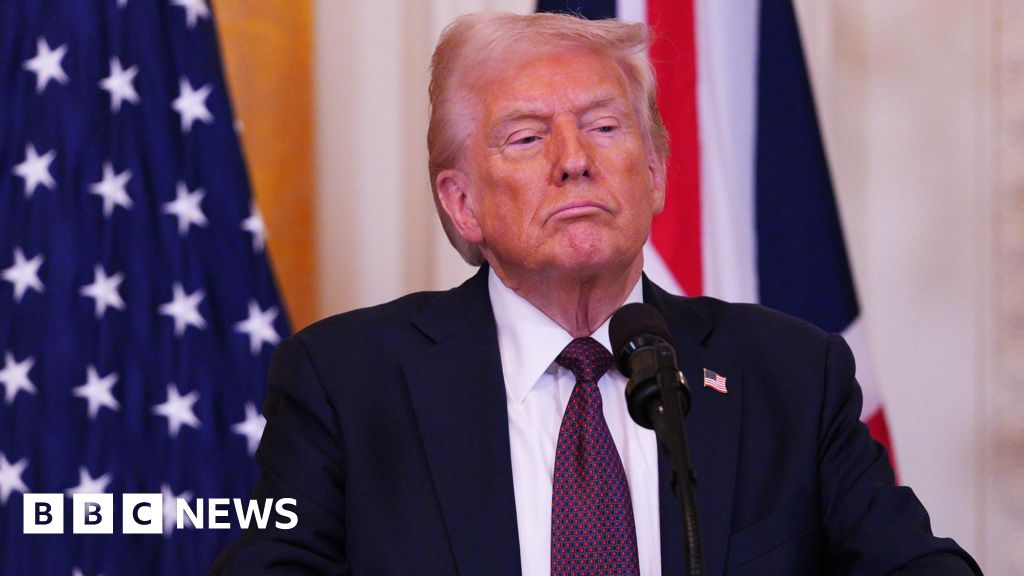American tech’s growing electricity demand is a cause for concern

In 2020, Microsoft pledged to have negative carbon emissions by 2030. Four years later, the results are catastrophic: Emissions from the firm founded by Bill Gates have risen by 30%, including subcontractors. This increase “primarily comes from the construction of more datacenters,” the company wrote in its annual report, published in early May. “In 2020, we unveiled what we called our carbon moonshot. That was before the explosion in artificial intelligence,” Brad Smith, Microsoft’s vice chair responsible for sustainability, told Bloomberg. Today, he noted, “the moon is five times as far away as it was in 2020.”
America’s digital giants, with their gigantic data centers, have become energy drains, and the phenomenon is set to grow with the computing needs of artificial intelligence (AI). According to the latest report published in January by the International Energy Agency (IEA), the US is home to a third of the world’s 8,000 data centers. Their share of the country’s electricity consumption is set to jump from 4% to 6% between 2022 and 2026, rising from 200 to 260 terawatt-hours, roughly equivalent to the output of 43 nuclear reactors.
Between July 2023 and the end of June, Microsoft will have spent around $50 billion (€46.44 billion) on its data centers, and the trend is set to continue. “The answer is not to slow down the expansion of AI but to speed up the work needed to make it more environmentally friendly,” Smith said. The firm is striving to get there with its turnkey renewable energy. In early May, it announced that it had signed an agreement with Canada’s Brookfield Asset Management to invest over $10 billion in developing renewable energy capacity for its data centers.
Scissor effect
To reduce their carbon footprint, American companies use a whole range of more or less credible mechanisms. In some cases, they buy renewable energy credits to pretend they’re using green energy, but this technique is akin to buying the right to pollute. Increasingly, they enter into green power purchase agreements.
It’s true that the conditions are becoming increasingly stringent: An executive order signed by US President Joe Biden at the end of 2021 requires that by 2030, half of all electricity must be used at the time it is produced and in the region of consumption. In short, you cannot claim that solar energy produced in Texas during the day is being used at night in New York. This rule avoids misleading vagueness. If you listen to New York companies, you sometimes get the feeling that there are 10 Niagara Falls, given the way everyone claims to use the famous waterfall’s renewable energy.
You have 49.2% of this article left to read. The rest is for subscribers only.
Related
American Airlines Using New Tech For Gate Lice Crackdown? Passenger…
American Airlines is cracking down on 'gate lice' with new technology to enforce designated boarding zones and maintain order at the gate. A passenger shared he
New American Airlines tech to make sound when early boarders…
ByABC7 Chicago Digital Team Friday, February 28, 2025 5:53PMIf you try to board earlier than the group listed on your American Airlines boarding pass at Chicag
US-UK trade deal: Would an agreement change anything?
The US-UK trade deal warmly suggested by President Donald Trump should help insulate the UK from the direct impact of global trade tensions.It signals that the
Apple To Invest Over $500 Billion In American Tech Economy,…
Those who have been following along with corporate news in recent weeks may already be aware of president Donald Trump’s ongoing initiative to bring massive f











